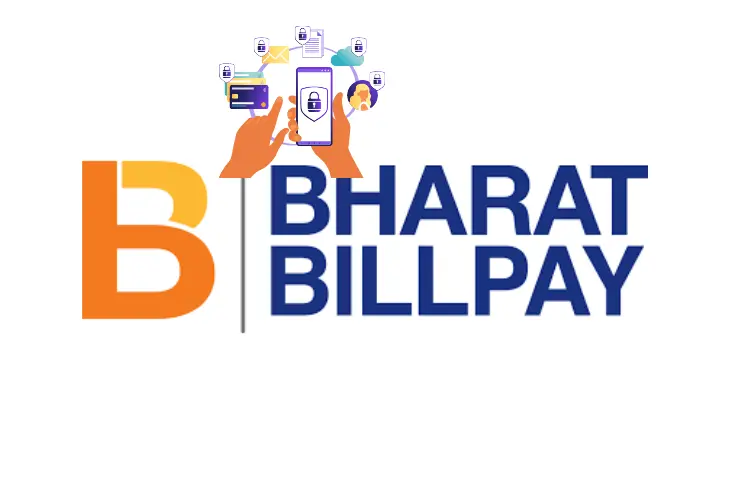The Bharat Bill Payment System (BBPS) is a centralized bill payment ecosystem introduced by the Reserve Bank of India (RBI) and operated by the National Payments Corporation of India (NPCI). It acts as a one-stop solution for customers to pay various bills like electricity, water, gas, telecom, DTH, insurance premiums, and loan repayments.
Before BBPS, bill payments in India were fragmented. Some were done offline, others via different apps or counters, and customers often had no proof of payment. BBPS solved this by creating a standardized, interoperable, secure, and accessible platform available both online and offline. For banking and insurance exam aspirants (LIC AAO, RBI Grade B, IBPS PO/Clerk, SEBI, NABARD), BBPS is a high-weight topic under Banking Awareness and Digital Initiatives by RBI.
What is Bharat Bill Payment System (BBPS)?
BBPS is a centralized payment system that enables customers to pay all recurring and one-time bills through a single window. Whether using mobile apps, websites, ATMs, bank branches, or physical agents in villages, customers can pay securely and instantly. The uniqueness of BBPS lies in:
- Standardization: Every transaction follows RBI-regulated protocols.
- Interoperability: Any BBPS-enabled outlet or app can accept bills from any registered biller.
- Accessibility: Covers both urban and rural users, bridging the financial inclusion gap.
Objectives of BBPS
The objectives of BBPS are not just limited to simplifying payments but also to creating a cashless and transparent economy. Below are the primary goals:
- To integrate bill payments across banks, NBFCs, and agents under one framework.
- To enhance security and trust by providing instant receipts and confirmation.
- To encourage digital adoption under the Digital India initiative.
- To improve accessibility by including offline agent outlets, especially in rural areas.
- To support financial inclusion by ensuring that even people without internet can use the system.
Features of BBPS
The Bharat Bill Payment System has several key features that make it a landmark digital initiative. Some of the major features include:
- Multiple Payment Channels: Supports UPI, debit/credit cards, net banking, wallets, Aadhaar-enabled payments, and cash at agent outlets.
- Wide Bill Categories: Includes electricity, water, gas, telecom, DTH, education fees, insurance premiums, FASTag recharge, and municipal taxes.
- Interoperability: Customers can use any BBPS outlet/app for any biller registered in the system.
- Instant Confirmation: SMS, email, or printed receipt is given after payment.
- 24×7 Availability: Customers can make payments anytime, anywhere.
- RBI-Regulated: Ensures compliance, security, and customer protection.
Participants in BBPS
The BBPS ecosystem consists of different participants who work together to ensure smooth transactions.
- Bharat Bill Payment Central Unit (BBPCU): NPCI, which sets standards and manages clearing/settlement.
- Bharat Bill Payment Operating Units (BBPOUs): Banks and non-banks authorized by RBI (e.g., SBI, ICICI Bank, Paytm, PhonePe).
- Billers: Utility companies, telecom operators, insurance providers, education institutions, etc.
- Agent Institutions: Retail outlets, bank branches, and microfinance outlets that provide BBPS services.
- Customers: End users who make bill payments via BBPS.
How Does BBPS Work?
The working of BBPS can be understood in a step-by-step process. Unlike traditional systems where each service provider had its own payment gateway, BBPS acts as a unified platform.
- Bill Payment Request – Customer visits a BBPS-enabled app, bank branch, ATM, or agent outlet.
- Authentication – Customer enters bill details such as consumer ID, account number, or mobile number.
- Transaction Routing – BBPS routes the request through BBPOU to the respective biller.
- Bill Validation – The biller validates details like outstanding amount and due date.
- Payment Execution – Customer makes payment using UPI, card, net banking, wallet, or cash.
- Confirmation – BBPS sends an instant receipt (SMS, email, or printed slip).
- Settlement – NPCI ensures fund settlement between banks, agents, and billers.
Advantages of BBPS
The Bharat Bill Payment System offers several benefits to customers, banks, billers, and the economy as a whole.
- Convenience: A single platform for all types of bills.
- Accessibility: Works through both digital channels and physical agents in villages.
- Trustworthy: Operated under RBI supervision and NPCI standards.
- Interoperability: Any BBPS outlet/app can handle any biller’s payment.
- Instant Proof: SMS/email/receipt given immediately after payment.
- 24×7 Service: Payments can be made anytime, anywhere.
- Supports Digital India: Promotes cashless transactions and financial inclusion.
Disadvantages/Challenges of BBPS
While BBPS is revolutionary, it also faces some challenges that limit its reach.
- Digital Literacy Gap: Many rural users lack knowledge of digital payments.
- Dependence on Internet: Online payments require stable connectivity.
- Incomplete Coverage: Not all billers across India are yet registered under BBPS.
- Service Fees: Some apps or banks may charge a small convenience fee.
- Operational Challenges: Technical glitches and delays may occasionally occur.
Importance of BBPS for Banking & Exams
BBPS is highly relevant for banking, insurance, and finance competitive exams.
- It is a direct RBI and NPCI initiative, frequently asked in exams.
- Covers topics like digital banking, payment infrastructure, interoperability, and financial inclusion.
- BBPS-related MCQs often test exam aspirants on participants, year of launch, features, and objectives.
- Useful for descriptive answers, where aspirants may need to explain RBI’s initiatives for digital India.
Example of BBPS in Real Life
- A farmer in rural India pays his electricity bill at a nearby agent outlet in cash and gets a printed receipt.
- An urban customer uses PhonePe BBPS to pay insurance premiums and EMIs.
- A student pays college fees online through a BBPS-enabled banking app.
Why is BBPS Important for Banking Exam Aspirants?
Knowing the full form of BBPS (Bharat Bill Payment System) is important for banking exam aspirants because it is frequently asked in MCQs and helps in understanding its role as a bill payment platform. It forms part of RBI’s digital banking reforms, is relevant for current affairs with updates like FASTag and loan repayments, and is often needed in descriptive answers for exams like LIC AAO, RBI Grade B, IBPS, and NABARD. Memorizing it ensures clarity in both objective and descriptive sections.
Practice Questions for Banking Exams
- BBPS stands for:
a) Bharat Bill Payment System
b) Bharat Banking Payment Solution
c) Bharat Bill Processing System
d) Bharat Bank Payment Service - Which organisation manages BBPS?
a) RBI
b) NPCI
c) NABARD
d) IRDAI - In which year was BBPS launched by RBI?
a) 2012
b) 2014
c) 2017
d) 2019 - Who regulates the Bharat Bill Payment System?
a) Ministry of Finance
b) NPCI
c) RBI
d) SEBI - Which of the following is NOT a participant of BBPS?
a) BBPCU
b) BBPOU
c) Biller
d) Stockbroker - NPCI acts as:
a) Bharat Bill Payment Central Unit
b) Bharat Bill Payment Operating Unit
c) Agent Institution
d) None of the above - Which of the following payments can be made via BBPS?
a) Utility Bills
b) Insurance Premiums
c) Loan EMIs
d) All of the above - What is the key feature of BBPS?
a) No receipt after payment
b) Only works online
c) Interoperability across platforms
d) Only for government bills - Which payment methods are supported by BBPS?
a) Cash
b) UPI
c) Cards
d) All of the above - Who authorises banks and entities to function as BBPOUs?
a) SEBI
b) RBI
c) NPCI
d) Ministry of IT - A customer pays electricity bills at a local outlet and gets a printed receipt. This is possible due to:
a) IMPS
b) NEFT
c) BBPS
d) UPI - Which of the following is a drawback of BBPS?
a) Instant confirmation
b) Limited digital literacy
c) Multiple payment modes
d) 24×7 availability - Which of the following apps/banks can be BBPOUs?
a) SBI
b) ICICI
c) Paytm
d) All of the above - Which government initiative does BBPS directly support?
a) Make in India
b) Digital India
c) Startup India
d) Skill India - Which of the following best describes BBPS?
a) Stock market platform
b) One-stop bill payment system
c) Loan disbursement channel
d) Foreign exchange market
FAQs
The Bharat Bill Payment System is a unified platform managed by NPCI that enables customers to pay various utility bills securely and efficiently.
BBPS is regulated by the Reserve Bank of India (RBI) and operated by NPCI, ensuring transparency, security, and standardization of bill payments.
Customers benefit from easy anytime bill payment, multiple modes of payment, instant confirmation, and a safe, RBI-regulated system.
Yes, BBPS supports payments for electricity, gas, water, DTH, telecom, insurance premiums, loan EMIs, and even municipal taxes.
BBPS is part of digital banking awareness, and questions on its full form, functions, and features are commonly asked in exams like LIC AAO, IBPS, and RBI.
- PNB LBO Syllabus and Exam Pattern 2025, Check Details
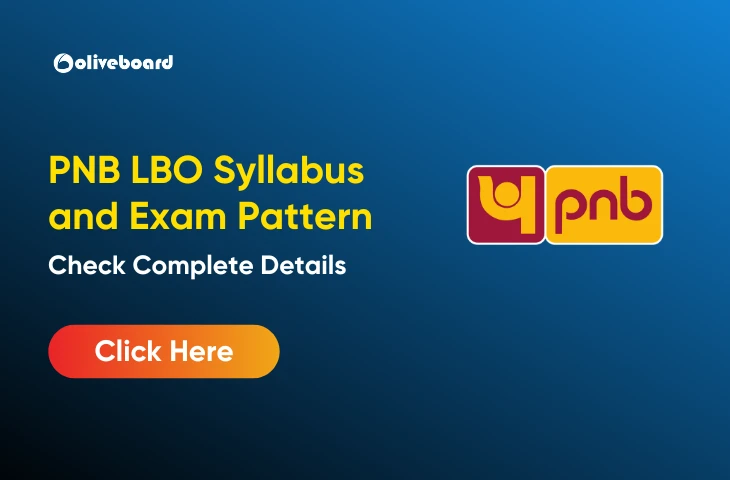
- PNB LBO Salary 2025, In Hand Salary, Perks, and Allowances

- Bank of Baroda LBO Group Discussion, Topic List, Complete Guide
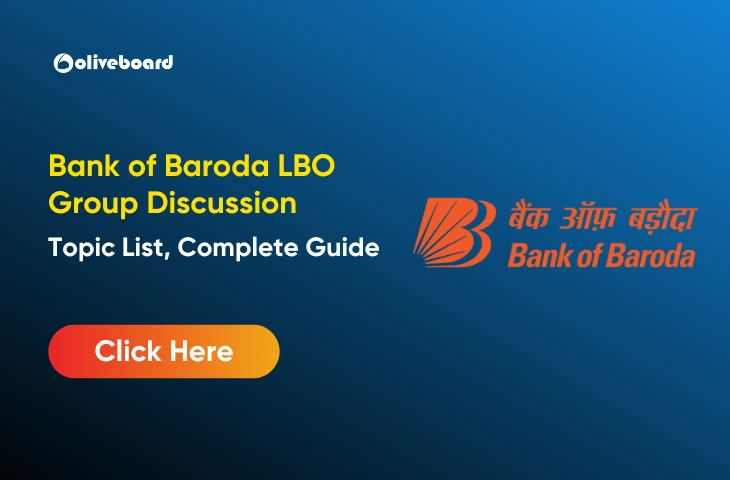
- Bank of Baroda LBO LPT, State-wise Languages & Full Details
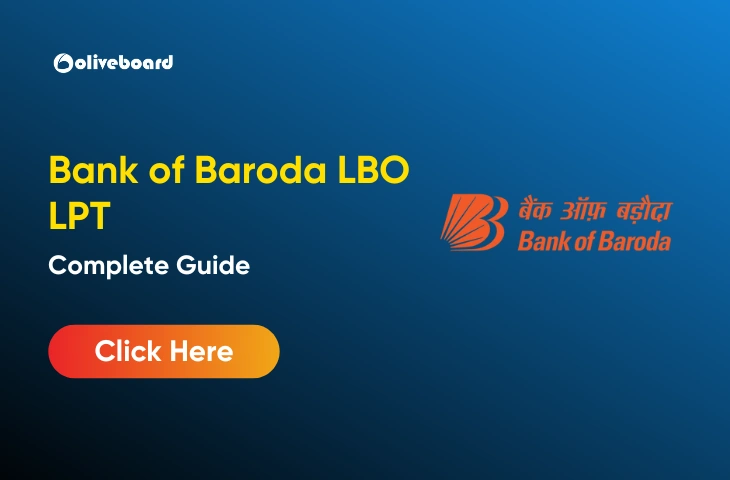
- Bank of Baroda LBO Interview Questions and Answers, Download FREE PDF
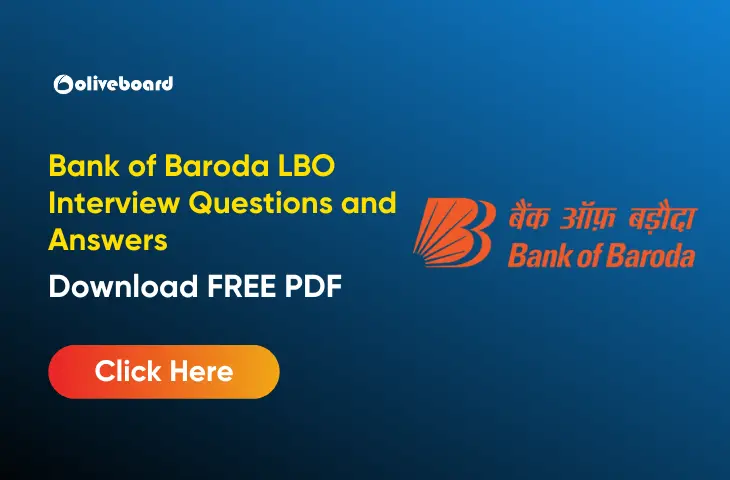
- IBPS Clerk Vacancy 2025 Increased upto 15701, Check Details
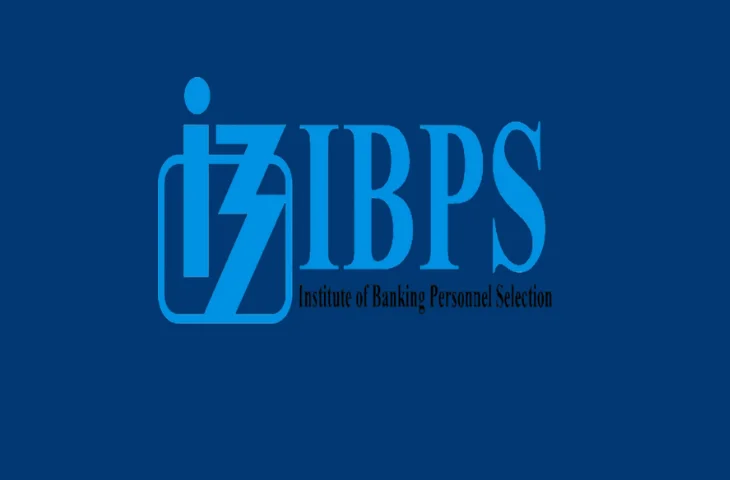
Hi, I’m Tripti, a senior content writer at Oliveboard, where I manage blog content along with community engagement across platforms like Telegram and WhatsApp. With 3+ years of experience in content and SEO optimization related to banking exams, I have led content for popular exams like SSC, banking, railways, and state exams.
